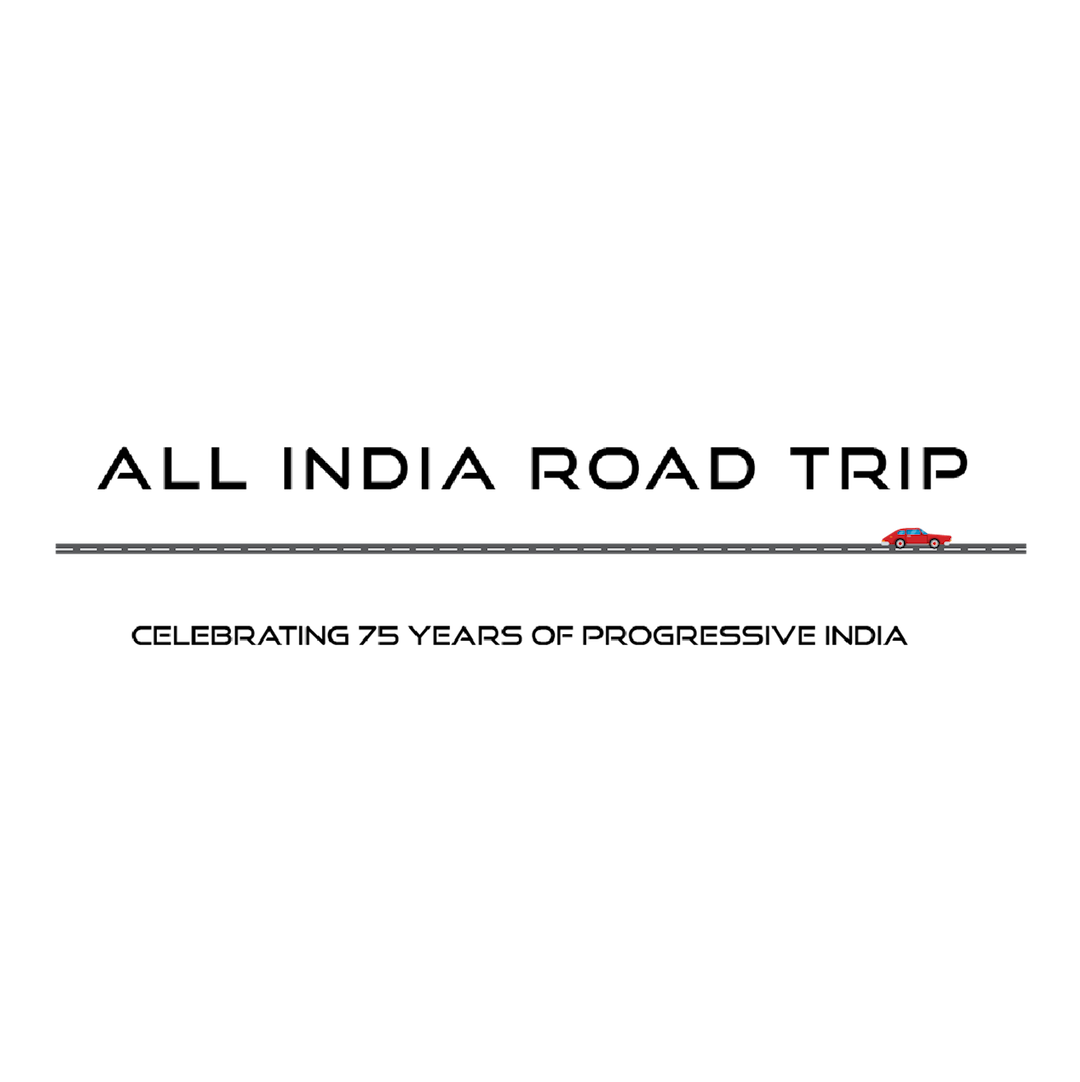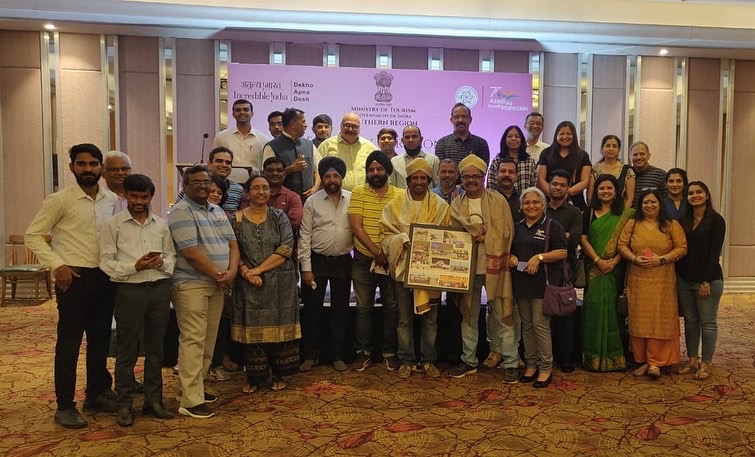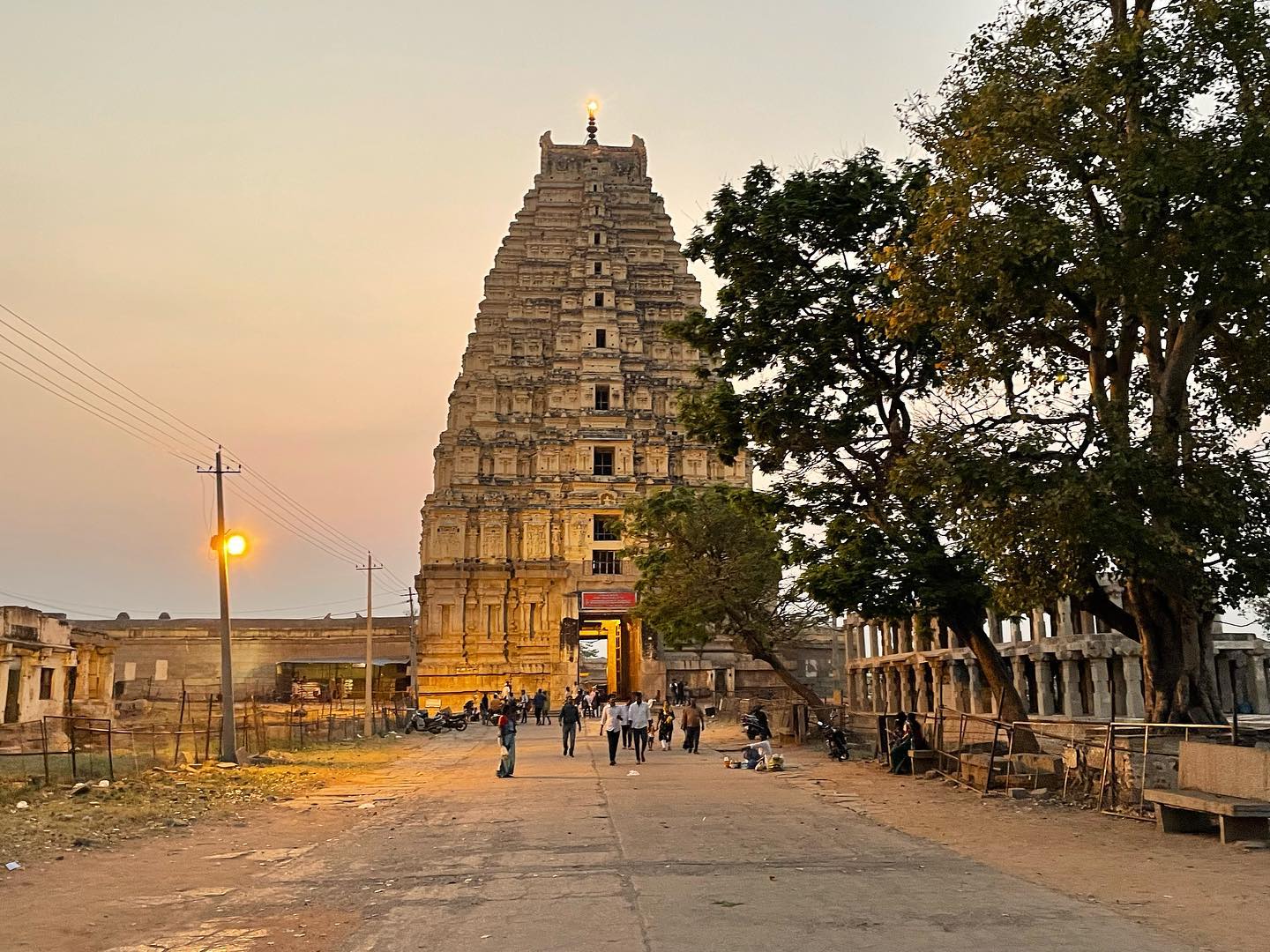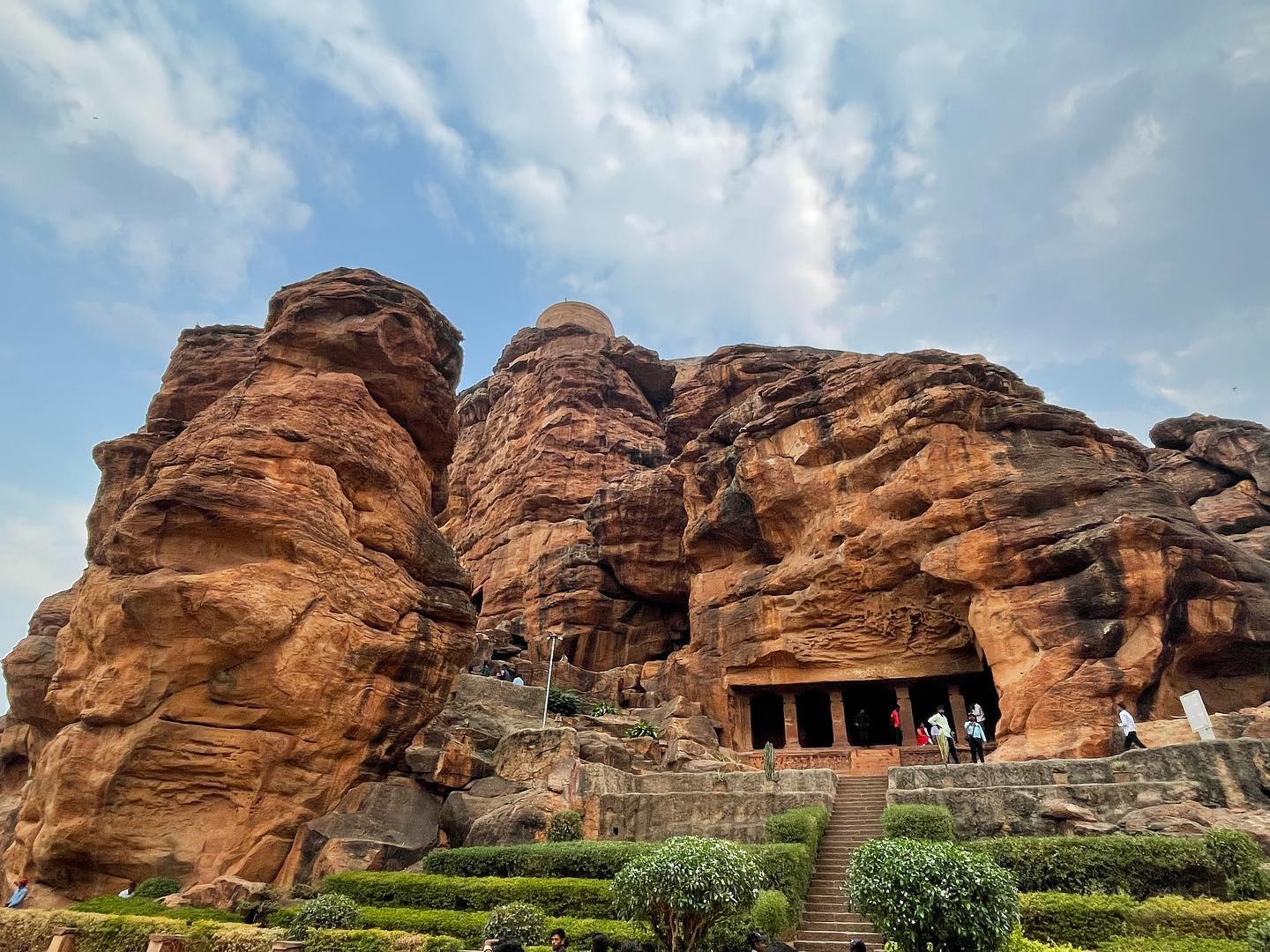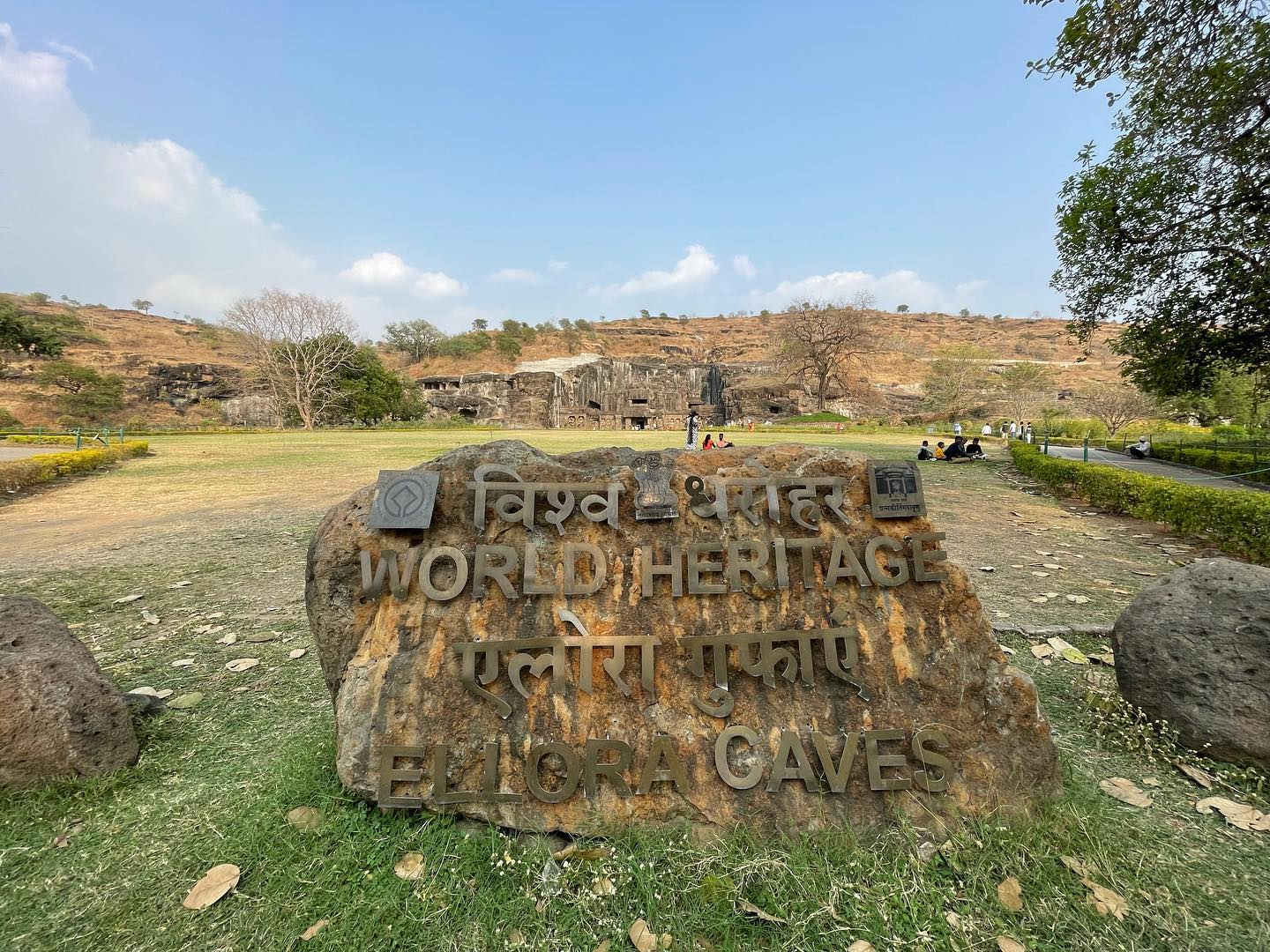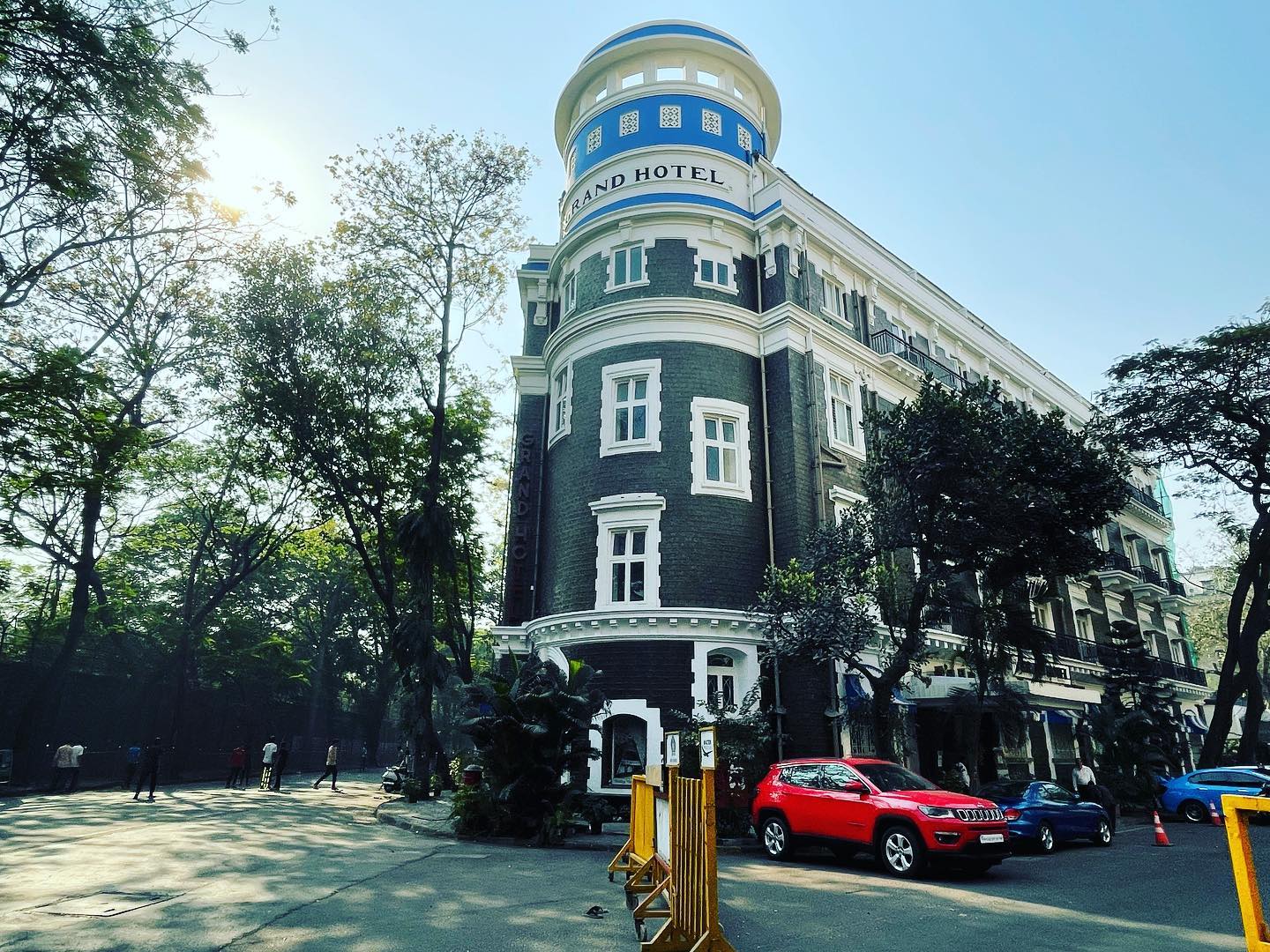9th November, 2021
Jaipur, the capital city of Rajasthan combines ancient history with a metropolis. The bustling modern city is one of the three corners of the golden triangle that includes Delhi, Agra and Jaipur. When we talk about Planned city, the first name that comes to our mind is Chandigarh, but you will be surprised to know that it was Jaipur. in 1876, the Prince of Wales visited India on a tour. Since the colour pink was symbolic of hospitality, Maharaja Ram Singh of Jaipur painted the entire city pink. The pink that colours the city makes for a marvellous spectacle to behold.
History
Jaipur traces back its origins to 1727 when it was established by Jai Singh II, the Raja of Amber. He shifted his capital from Amber to the new city because of the rapidly-growing population and an increasing water scarcity. Noted architect Vidyadhar Bhattacharya used the established principles of Vastu Shastra to build the city.
Attractions
City Palace
The City Palace Complex was conceived and built by Maharaja Sawai Jai Singh II, the founder of Jaipur. A beautiful fusion of Mughal and Rajput architecture, the palace is still home to the last ruling royal family which lives in a private section of the palace. The City Palace Complex includes the Mubarak Mahal (the palace of reception) and the Maharani’s Palace (the palace of the queen). The Mubarak Mahal is now converted into a museum displays a vast and unique collection of royal costumes, delicate Pashmina (Kashmiri) shawls, Benaras silk saris, and other dresses with Sanganeri prints and folk embroidery, the weaponry and beautiful paintings.
Hawa Mahal
the Palace of Winds, was built in 1799 by the poet king Sawai Pratap Singh as a summer retreat for him and his family. It also served as a place where the ladies of the royal household could observe everyday life without being seen themselves. This unique five-storey structure is a blend of Hindu and Islamic architecture, and the exterior, with its small latticed windows (called jharokhas), resembles the crown of Lord Krishna. The windows also serve as an air-conditioner of sorts, blowing cool air throughout the palace, making it the perfect retreat during summers. Built from pink sandstone, the Hawa Mahal is Jaipur’s iconic landmark. maintained by the Archaeological Department of the Government of Rajasthan and also houses an archaeological museum in the courtyard.
Nahargarh Fort
Nahargarh, which means abode of tigers, was a formidable barrier, defending Jaipur against attacking enemies. Nahargarh Fort sits proudly on a ridge of the Aravalli Hills, creating an impressive northern backdrop to the city of Jaipur. It was constructed during the reign of Jai Singh in 1734, and was later expanded in 1868.
Amber Palace
The palace is a UNESCO World Heritage Site located in craggy hills, constructed in a beautiful blend of Hindu and Mughal styles. The palace was built as a strong, safe haven against attacking enemies. There is a surprising contrast between the harsh exterior and the inviting interior. The place is magnificent, made entirely of red sandstone and white marble, with carvings, precious stones and mirrors.
Jantar Mantar
Considered to be the largest of the five astronomical observatories built by Maharaja Sawai Jai Singh II, a UNESCO World Heritage Site now. It contains sixteen geometric devices, designed to measure time, track celestial bodies and observe the orbits of the planets around the sun. It also houses the Interpretation Centre that helps the tourists to understand about the working principles & chronology of the observatory.
Jaigarh Fort
Built by Sawai Jai Singh II in the early 18th century amidst the arid, rocky and thorn-scrub-covered hills. Despite its ancient construction, it still retains most of its imposing citadel appearance. It houses the world’s largest cannon – Jaiban, at the fort.
Jal Mahal
Jal Mahal or Lake Palace, is a palace built in the centre of Man Sagar Lake. The light, sand coloured stone walls contrast wonderfully with the deep blue of the water, giving a floating appearance at the centre of the Lake.
Central Park
Central Park is a large green zone in the centre of Jaipur offering a spot for a moment of respite. Conceptualised and built by the Jaipur Development Authority, it is Jaipur’s largest park. It houses a lush garden, the Polo Ground and a golf club. The highlight of the park is India’s first all-day-and-all-night monumental National Flag which is also the country’s tallest flagpole.
Albert Hall Museum (Central Museum)
The building gets its name from The Victoria and Albert Museum in London, the inspiration for its design. The exquisitely built Albert Hall is housed in the centre of Ram Niwas Garden. Sir Swinton Jacob conceptualised and designed it using styles from the Indo-Sarcenic architecture. The museum displays a wide range of metal objects, wood crafts, carpets, stone and metal sculptures, arms and weapons, natural stones, ivory goods, a large collection of miniatures from Bundi, Kota, Kishangarh, Udaipur and Jaipur schools of art.
Jaipur Literature Festival
Jaipur comes alive with this festival, which started in 2006. It is the largest free literary festival in the world. Writers, poets, politicians, actors etc come here and it is known for the debates, discussions, books,meetings etc.
